The primary function of the exhaust system is to discharge waste gases from your vehicle’s internal combustion system. There may be instances, however, when you experience seeing some liquid leaking from your engine’s tailpipe. This generally causes concern in most motorists as they only expect carbon dioxide to issue from their vehicle’s exhaust pipe.
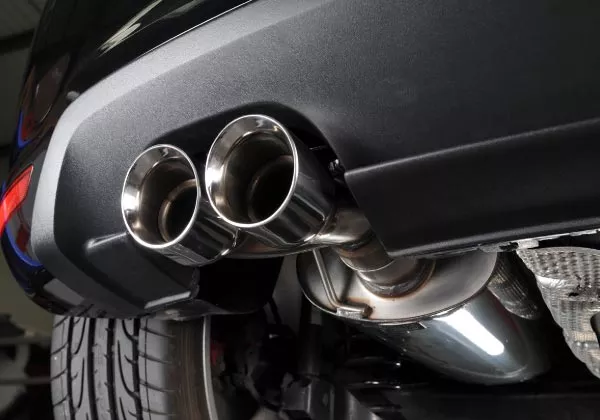
The primary function of the exhaust system is to discharge waste gases from the combustion system
But before you inform a mechanic to address water leakage, you might want to first spend some time understanding the real cause behind water dripping from a car’s exhaust pipe.
There are quite a number of reasons why you are experiencing this in your car, but for sure, exhaust tailpipe leakage is a common issue that most people face. In some cases, this is perfectly normal and you should not go stressing out yourself over this thing. Philkotse.com list down the things that you need to understand about water leakage from your exhaust pipe:
1. Condensation
This is the possible reason why you have been noticing water leaks from your car’s tailpipe in early mornings. Your vehicle’s internal combustion engine facilitates the production of hydrocarbons. These compounds are being converted into the catalytic converter into less harmful byproducts.
In general, the primary byproducts of combustion are carbon dioxide (CO2) and water. When the car’s temperature starts to cool down, the condensation process in your exhaust system starts to take place.
Droplets form as you warm up your engine during cold early mornings. This water seepage is harmless and shouldn’t be a reason for you to worry at all.
![]()
Cold mornings and a catalytic converter often lead to a leaky pipe
>>> You might want to know: Straight pipe exhaust - What are the advantages vs disadvantages?
2. White smoke
The pistons facilitate the movement of the camshaft whenever the mixture of air and fuel ignites. With constant use, the piston will start to wear out and, at the same time, the rings will start to leak.
An unsuccessful ignition of the mixture (air and fuel) will result in the sipping of the coolant by the engine, making the exhaust system release water vapor in the form of white smoke.
This is, of course, dangerous and it is necessary that you check your engine as soon as possible. A fractured cylinder, uneven head gasket, and fissured engine block may also result in the production of the white smoke.
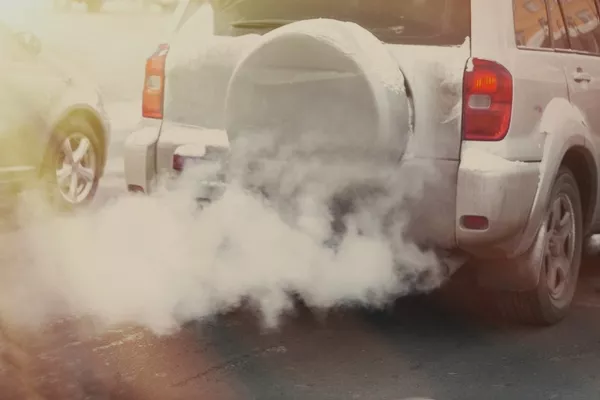
An exhaust system release water vapor in the form of white smoke
3. Black smoke
Sometimes, there is a repeated case of unsuccessful fuel burn in the engine. Unburned fuel, when combined with a relative amount of water, can result in the production of black smoke emitted by your exhaust pipe.
This is quite a serious issue as it indicates that some of your engine parts are not functioning properly. A certain amount of fuel goes into the combustion chambers without being completely ignited.
Dysfunctional spark plugs together with filthy air filters are the main culprits in this issue. However, if after having those things replaced you are still noticing some black smoke, then it is time for you to properly check the fuel injector.
>>> Check out: Modifying your car's exhaust systems: Which type to choose?
4. Engine heating
Every time you get the car started, its engine always takes time to let the oil travel to all parts that are movable before you could set out driving. All the moving parts tend to get extremely hot at this point. Consequently, a wisp of hot gas is being ejected via the exhaust system, resulting in the formation of water droplets in the tailpipe.
In cold temperatures, you could see it taking the form of steam. It shouldn’t be a reason to stress yourself out as it will eventually start to disappear once the coolant starts traveling inside the engine. Allow your engine to warm up for a few minutes before you begin to drive.
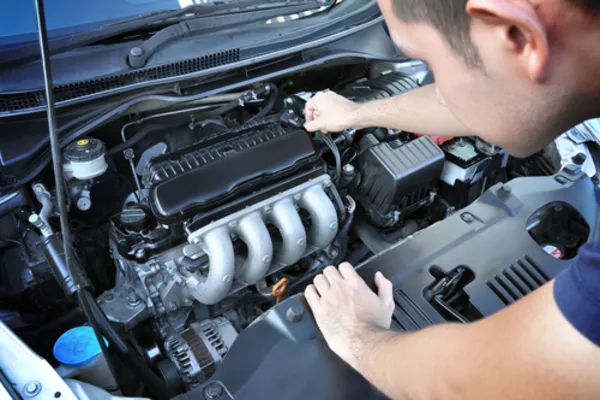
All the moving engine parts tend to get extremely hot
>>> Also check: 6 must-know facts about car engine temperature for proper use.
5. Fixing leaky pipes
If you ever decide to fix a leaking exhaust pipe, you have to determine first the source of the issue. Your car’s exhaust system begins with your catalytic converter which facilitates the ejection of highly dangerous hydrocarbons out of the engine and turns them into carbon dioxide and water.
Your catalytic converter is connected to the muffler by a sequence of pipes. The one that emits gases to the outside environment is the tailpipe. While examining the parts in question, never touch any of those while they are still hot for an obvious reason -- you will hurt yourself.
When inspecting exhaust pipes, check for rust and iffy connections. One way to identify leaky pipes is by focusing on the noise that the exhaust produces.
Guide yourself through each pipe part until you locate the engine. If you find that nothing is wrong, then the issue perhaps lies in the cooling system in your engine. The exhaust color should tell you what kind of solution is needed.
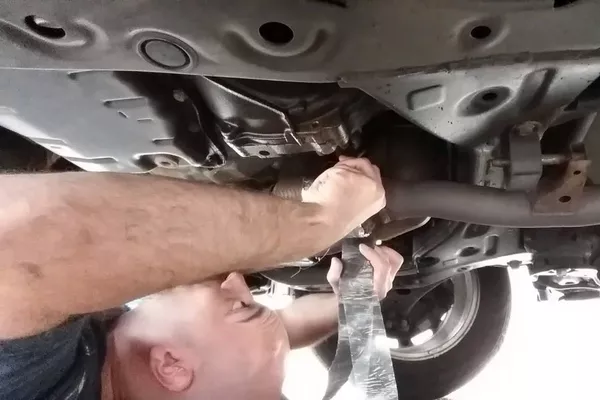
If you ever decide to fix a leaking exhaust pipe, you have to determine first the source of the issue
6. Check the intake gasket
The common reason why you see a white smoke issue from your car is the coolant dripping into your combustion chambers. The function of the gasket is to seal the manifold. If it has cracks, the coolant could flow into your engine.
To be able to have access to the gasket, carefully have the intake manifold removed and thoroughly check the gasket. If you happen to notice anything wrong, you must immediately replace your gasket.
Be wary of some rust. If it turns out that the intake gasket is good, consider checking the head gasket next.
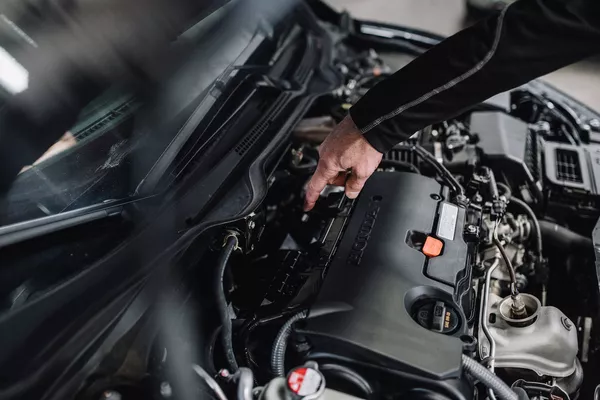
The function of the gasket is to seal the manifold. If it has cracks, the coolant could flow into your engine
>>> Grab your attention: Car maintenance: How to check the engine's good coolant level.
7. Check the head gasket
The one that functions as a seal between your engine and the cylinder is the head gasket. It keeps the coolant from entering the engine. If your head gasket is fractured, the coolant is going to flow right into your combustion chamber -- leading to the formation of white smoke. Has it replaced if it becomes rusty and defective?
8. Check the cylinder head
The main component of the cylinder head is aluminum. Whenever your engine undergoes overheating, the aluminum block is going to develop ugly cracks that can lead to coolant dripping. Make sure that it evenly seals your head gasket together with your engine block.
Recent posts
- What drivers need to know when not changing engine oil Aug 16, 2022
- Beat the heat: 8 tips to prevent your car from overheating Jul 18, 2019
- 8 easy tips to diagnose your car's exhaust problems Feb 08, 2021
- Things to remember when cleaning the car exhaust pipe Jan 23, 2019
- Causes and remedies for overheating automobile engines Mar 06, 2021












